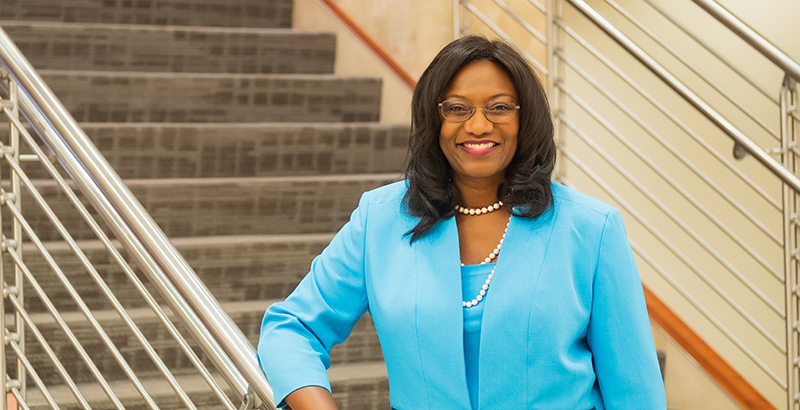COVID-19 Crisis Offers Chance to Challenge the Status Quo, Including the Persistent Lack of Teacher Diversity

Updated, Aug. 26
Education leaders across the country are experiencing a summer like no other as they plan for what the school experience will be for millions of students and families in the upcoming academic year. In considering the wide range of reopening scenarios — such as whether all students can safely return to school, if a hybrid school-virtual instructional model will work best, or if the next term will again be conducted fully online — the health and safety of the school community is, rightly, a top priority.
But at the same time, we cannot lose sight of the imperative to do more than simply manage this crisis in an operational sense. We also need to be actively working to ensure that all students receive a quality education that meets their learning needs, not just one that meets statutory requirements, regardless of whether school will be in person or online.
Some education observers and advocates have framed this imperative and this moment as an opportunity to address well-known issues that have long undermined the quality of our education system. They pinpoint the problems and inequities, especially those that manifest along predictable racial and socioeconomic lines, compounded by the pandemic, as cases in point for the need for immediate reform. Their proposed solutions range from the incremental to the radical, but ultimately they share in the thinking that, because the status quo has been destabilized, systemic changes that have traditionally met with resistance may at last be possible.
But in its focus on predicting and thinking big about what the so-called new normal of our education system can and should look like, this discourse has largely ignored one of the most important factors in ensuring a quality education for every student: the quality of our teacher workforce.
To be sure, plenty of attention has been devoted to documenting the technical instructional challenges teachers have faced during the pandemic. Likewise, there has been a steady stream of guidance intended to help teachers navigate those challenges. Little, though, has been said about how we can strengthen and diversify our teacher workforce so that it is better constituted and equipped to provide inclusive instruction consistently and universally.
As I’ve argued before, the mismatch between the glittering diversity of our student population and our predominantly white teacher corps is a major impediment to improving the quality of our education system. A preponderance of evidence, from within the education field as well as other fields like cognitive science, shows that educator diversity is tremendously beneficial for all students and teachers. But the fact that teachers of color account for only 20 percent of all public school teachers — and that more than 40 percent of public schools do not have even one teacher of color — means too many young people either only ever learn from teachers who look like they do (in the case of white students) or else never learn from teachers who look like they do (in the case of students of color).
The quality of learning, for all students, suffers as a result. And it especially suffers for students of color who are, in many other ways, chronically underserved by an education system that struggles to be inclusive.
This is, of course, a shortcoming of our education system that predates the pandemic. But it is not one that will be resolved incidentally to other reforms being proposed in response to the pandemic. Until we, across the education community, deliberately prioritize diversity — of teachers, of students, of curricula — and recognize it as an essential characteristic of a quality education system, we will never truly have one.
We do not have to wait to develop a powerful new solution or revolutionary strategy to strengthen and sustainably diversify our teacher workforce. We already know what we need to do and how we need to do it. But whether for reasons of expedience or indifference, the education system has not committed to the solutions that work.
Minority-serving institutions are the notable exception to this. These institutions are responsible for training some 43 percent of candidates of color seeking to enter the profession today. They are at the forefront of developing inclusive instructional materials, advancing conversations about inclusive curricula and, more broadly, prioritizing truly inclusive instruction. Minority-serving institutions are the ones the education field should be looking to when it comes time to actually enact, rather than wish for, the changes that will lead to greater equity and inclusion in our schools.
Because who our teachers are matters, as does their ability — in a collective sense and an individual one — to instruct, connect with and inclusively engage all students. Without a concerted effort to ensure that our teacher force is made more diverse, first and foremost by improving retention rates for teachers of color (who leave the profession at alarmingly high rates) and by better preparing them to thrive in the classroom, this moment of opportunity carries the very real risk of reproducing, by default, many of the same inequities we strive to overcome.
Dr. Cassandra Herring is the founder, president and CEO of Branch Alliance for Educator Diversity, an organization that supports minority-serving institutions to advance the field of educator preparation.
Get stories like these delivered straight to your inbox. Sign up for The 74 Newsletter

;)
